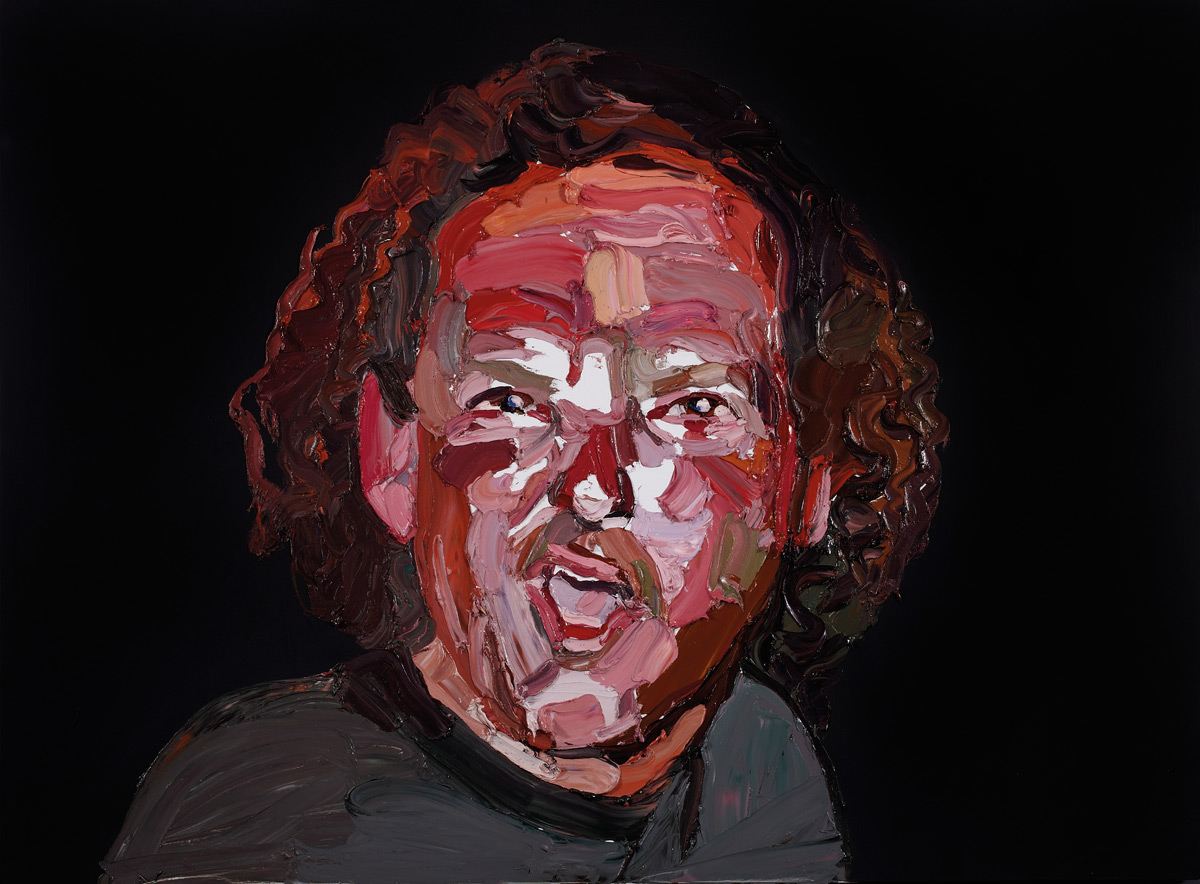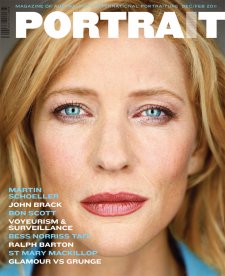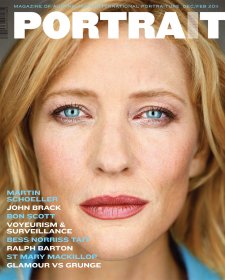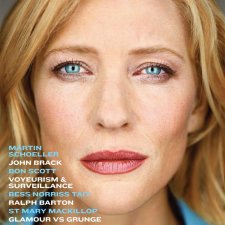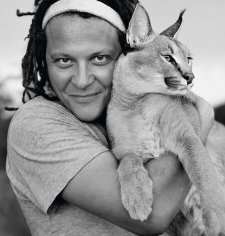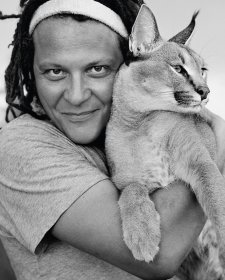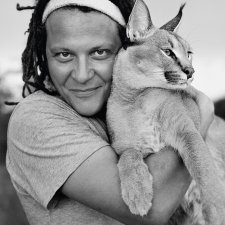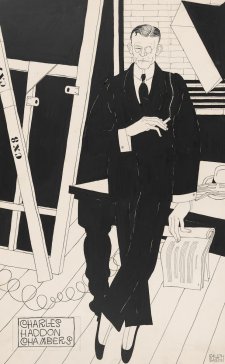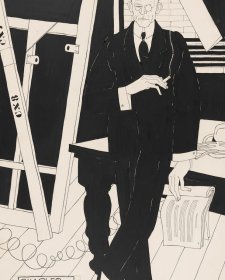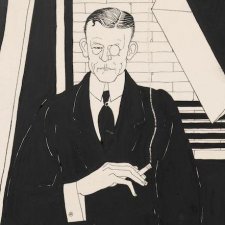Why Portraiture? The question for me has been for years also the more all encompassing ‘why paint?’. Sometimes I’ve felt I’ve been furiously man-handling the oily medium into submission, into an answer. And as the answer seems to recede the need to paint only increases.
I have just finished painting a series of dark glowering portraits of my oldest mates – a touch football team called The Maggots. Technically they’re nothing more than fat renditions of a group of thirty something men, languishing in the flash of a midnight camera after too many drinks. I’ve constantly found myself questioning why I’ve picked this group of primary school friends to laboriously transform, one dark portrait at a time, into large smelly oil paintings. The answer, I think, in my own practice lies within the honesty that a close friendship can create. They are shameless in front of the camera. Of course without the camera the image is unattainable. They are comfortable (and drunk) and ready for me to snap away. My beautiful wife will sit for me for longer of course. I will gaze at Kylie more willingly and more enduringly, and the paintings I’m now making of her only act to confuse the question of ‘why portraiture?’ But ‘the boys’ portraits are as much about a moment shared as they are about the madness of the masculine rites of passage that created the friendships in the first place. In many ways these portraits only work from photographs because they need to be brash, and in your face and unashamedly loud.
Rarely have I been drawn to a celebrity as a sitter. Jimmy Barnes had become a dear friend by the time I’d thought of him as a subject and Beryl Whiteley was also a friend and supporter of my practice. In fact I’ve found the idea of celebrity repellent. The idea that I would make a painting of a person because of who the media suggests they are is bizarre. The essence of a person, good, bad and ugly, only one third is appearance. The good and the bad is severely more interesting! I was driven from the Prado in Madrid in 2007 with the urge to continue making images of those closest to me. In a room full of Velazquez portraits in the Spanish capital it’s hard not to come away wondering why Diego Velazquez was never beheaded, such is the beauty and glowing humanity portrayed in his images of commoners compared to the dank grey visages of the Spanish aristocracy who employed him.
In the end for me the single most profound image a human can consider is an image of oneself. When considering history the most meaningful moments are symbolised by the image of humanity. The only image more confronting to the human should be the human skull, the head – devoid of flesh and hollowed out of consciousness and brain. At the death of the West’s religious fervour the skull though has become a symbol of the human ideology of endlessness, a mocking reminder of the antiquity of religion. Still it remains for me a powerful part of my own portraiture.
And to paint? It’s an instant hit. With the simplest of tools and barest of means I’m able to make an image that will make the hardest of the Maggots wince.
